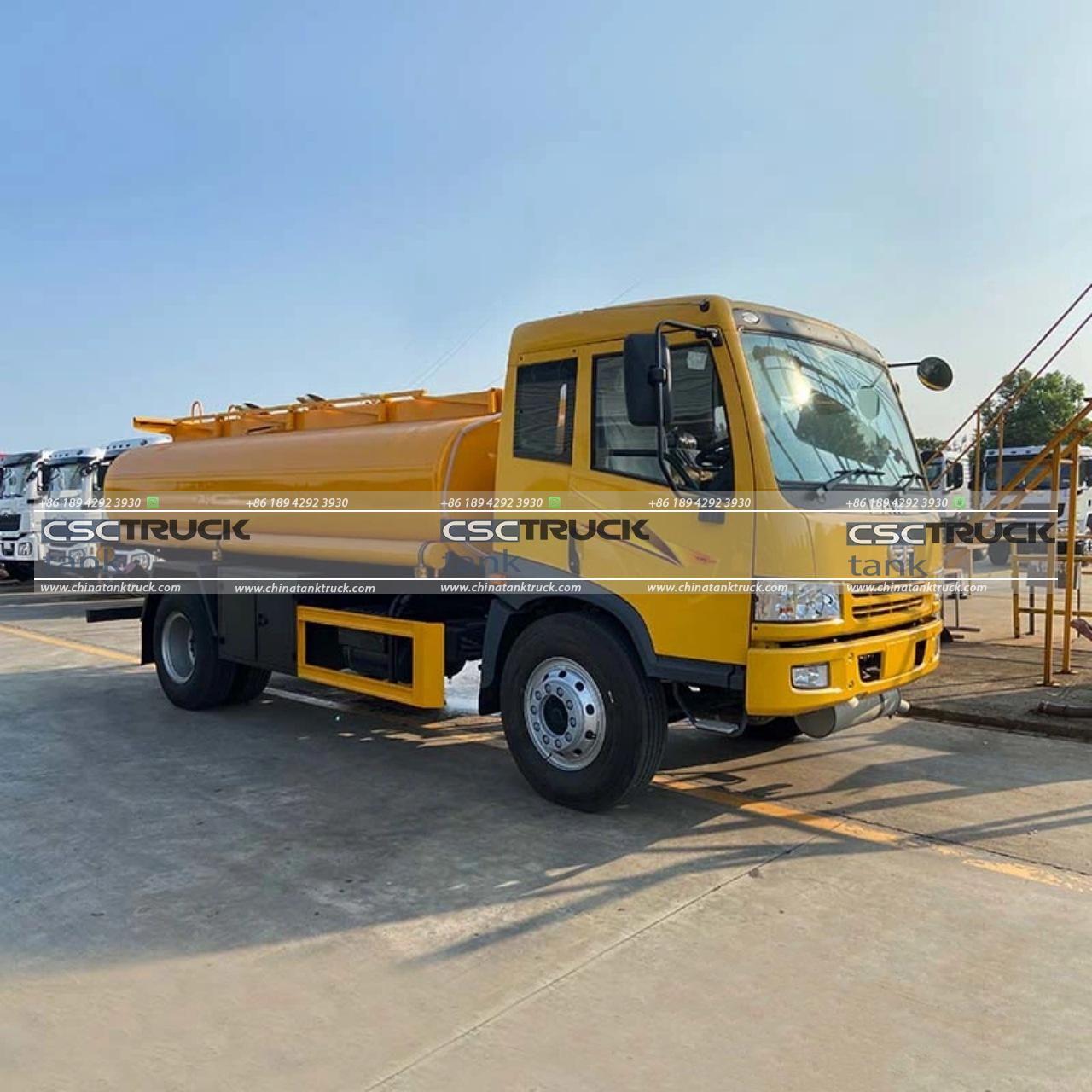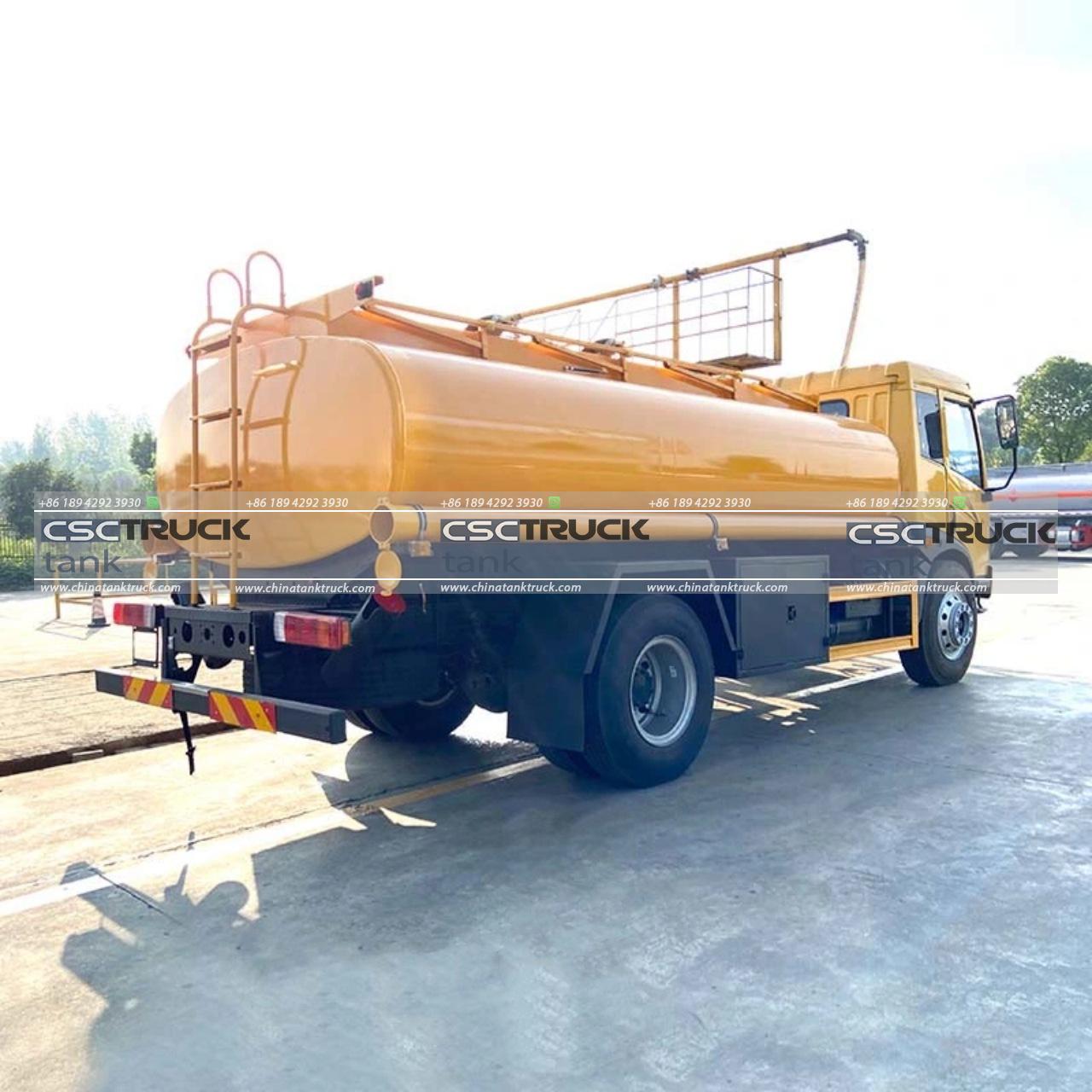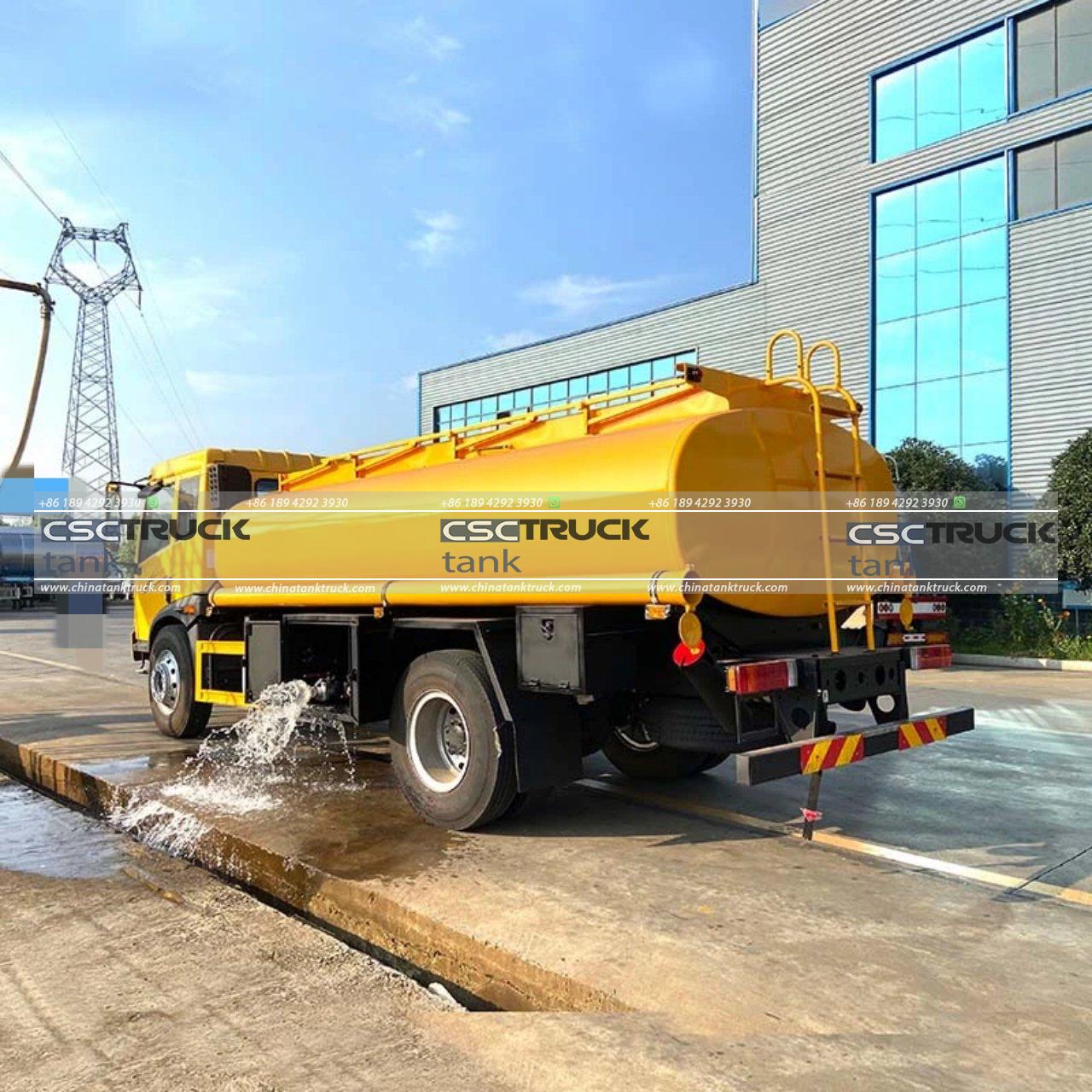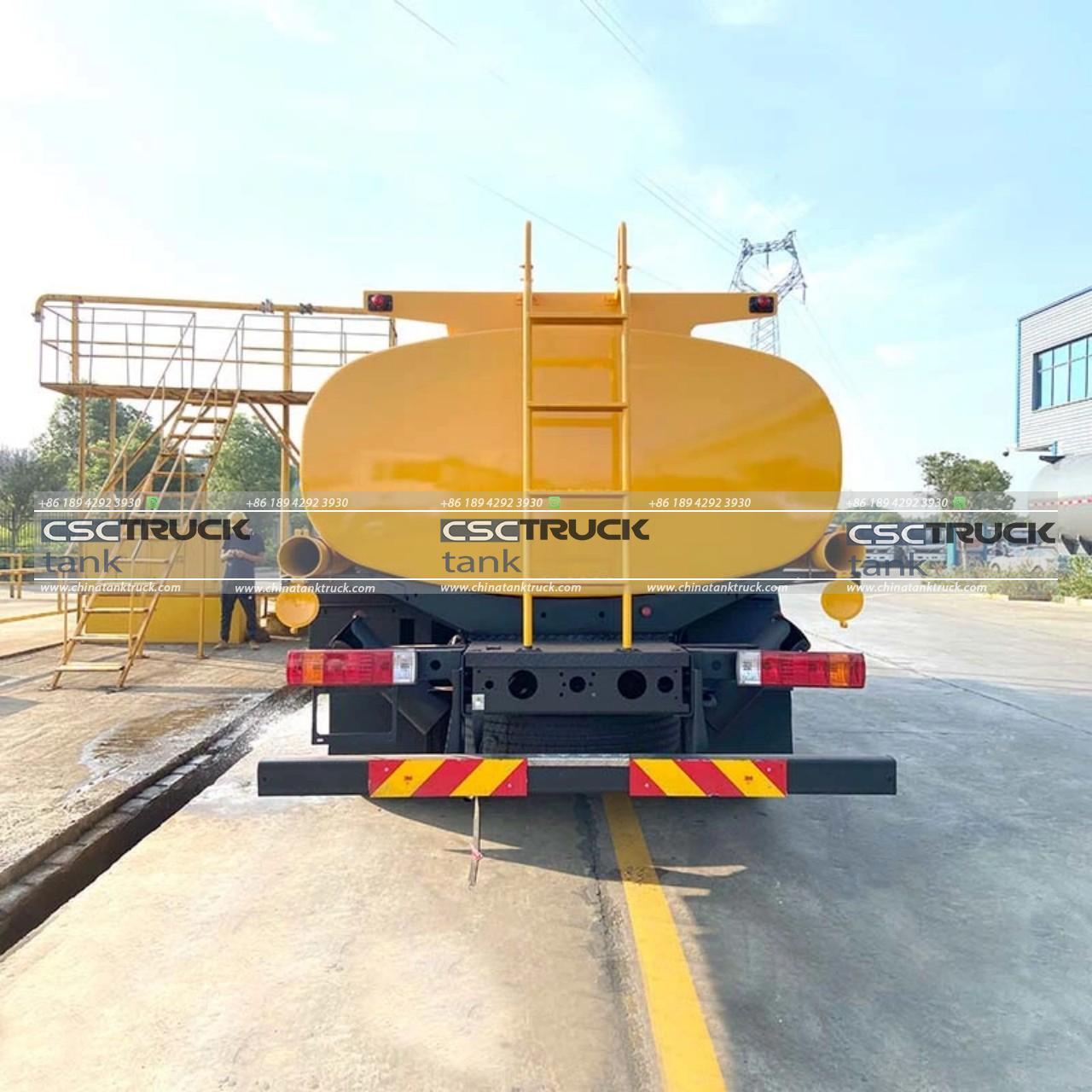How Big is a Fuel Delivery Tanker?
Fuel delivery tankers are crucial in the petroleum industry, transporting large volumes of fuel to gas stations, airports, and industrial sites. These trucks must be engineered with precision, ensuring both efficiency and safety. But how big are these vehicles? Let’s break down the size, capacity, and variations of fuel tankers, exploring their design and functionality.
1. Understanding Fuel Tanker Sizes
Fuel delivery tankers come in a range of sizes, from small trucks designed for urban deliveries to massive rigs transporting fuel over long distances. Here’s a general breakdown:
– Small Tankers: Typically, these tankers hold between 500 and 3,000 gallons. They’re compact and often used in urban areas where large vehicles can’t maneuver easily. Measuring around 20–30 feet in length, they’re ideal for short trips and can navigate through tight city streets.
– Medium Tankers: These have a capacity of about 5,000–7,000 gallons. Measuring roughly 35–45 feet in length, they’re often used for interstate travel, as they’re large enough for longer hauls but still maneuverable in moderately populated areas.
– Large Tankers: Built for maximum fuel transport, large tankers can hold between 8,000 and 11,000 gallons of fuel. These behemoths are usually over 50 feet in length and designed primarily for cross-country trips or high-demand delivery points, like airports or industrial sites.

2. Key Dimensions of Fuel Delivery Tankers
Fuel delivery tankers vary in size based on their capacity and the fuel type they’re carrying. The main dimensions to consider are:
– Length: The length of a tanker is one of the biggest differentiators between small, medium, and large models. Small tankers are typically about 20–30 feet long, while medium and large tankers range from 35 to over 50 feet. This length impacts the tanker’s maneuverability, storage, and access needs.
– Width: Most tankers are around 8–9 feet wide. This width is consistent with most heavy trucks, allowing the tanker to fit within standard highway lanes and tunnels.
– Height: Generally, tankers have a height of about 11–14 feet. This height allows them to pass under most bridges and overpasses while providing enough room for fuel storage.
3. Fuel Tanker Capacities
The primary factor determining a fuel tanker’s size is its capacity. Fuel tankers are specifically designed to carry fuel by volume. The larger the capacity, the more structural integrity the tanker needs to support the weight of the fuel.
– Volume Capacity: Measured in gallons, fuel capacity varies widely depending on the tanker size. Small tankers may only hold around 500–3,000 gallons, while the largest fuel tankers can carry upwards of 11,000 gallons. Some specialized tankers can even exceed this range but are typically used in specific, high-demand areas.
– Weight Capacity: Fuel tankers must balance their volume capacity with legal weight restrictions. In the United States, the federal weight limit for trucks is 80,000 pounds, which includes the vehicle’s weight and the cargo. Thus, a fuel tanker’s size and load must stay within this weight limit to avoid fines and maintain safe operating conditions.

4. Design of the Tank Compartment
Fuel tankers use a unique compartmentalized tank structure to optimize safety and distribution. Most tanks are divided into multiple compartments, which offer several advantages:
– Safety: By dividing the tank into sections, fuel is less likely to slosh during transport, which can destabilize the vehicle. These compartments also reduce the risk of leaks or spills in the event of a collision.
– Fuel Variety: Different fuel types, such as gasoline and diesel, can be transported in the same tanker. Compartments allow fuel distributors to meet varying needs at a single delivery point.
5. Types of Fuel Tankers Based on Load Size
The purpose and destination of a fuel tanker often determine its size and design. Here are some of the most common types:
– Light-Duty Fuel Trucks: Used for small-scale deliveries, these trucks carry up to 3,000 gallons and are ideal for short-haul transport. They’re often seen delivering fuel to remote locations or smaller stations.
– Heavy-Duty Tankers: Capable of carrying up to 11,000 gallons, heavy-duty tankers are used for cross-country fuel transport. These tankers supply high-volume delivery points, such as large gas stations and commercial customers, in bulk quantities.
– Articulated Tankers: These tankers, often called “road trains,” are common in Australia and certain parts of the U.S. and Canada. They consist of multiple trailers hitched together, each carrying a separate tank compartment. These configurations can carry upwards of 20,000 gallons, although they’re subject to specific restrictions.

6. Engineering and Safety Specifications
Fuel tankers are subject to stringent safety regulations due to the hazardous nature of their cargo. Key engineering features include:
– Double-Walled Tanks: Many fuel tankers have double-walled tanks to contain spills in case of an accident.
– Pressure Relief Valves: These valves maintain consistent internal pressure within the tank and help prevent explosions due to pressure changes during transport.
– Emergency Shutoff Systems: Fuel tankers are equipped with shutoff mechanisms to halt fuel flow in emergencies, helping to mitigate fire or spill risks.
7. Fuel Tanker Regulations and Size Limits
Each country has regulations governing the size and weight of fuel tankers. In the U.S., fuel tankers must adhere to federal Department of Transportation (DOT) guidelines, as well as any state-specific restrictions. Some primary regulatory considerations include:
– Weight Limits: As previously noted, U.S. federal law limits truck weight to 80,000 pounds. However, states may grant special permits allowing tankers to carry larger loads under certain conditions.
– Hazardous Material Restrictions: The U.S. DOT and Federal Motor Carrier Safety Administration (FMCSA) set guidelines for the transport of hazardous materials. Fuel tankers must meet these regulations to ensure the safe handling of flammable substances.
– Vehicle Length Limits: The length of fuel tankers is generally regulated at the state level. Most states allow for a maximum trailer length of 53 feet, though exceptions exist for specialized haulers like articulated tankers.

8. Fuel Tanker Efficiency and Environmental Concerns
Fuel tankers play a critical role in ensuring the steady supply of petroleum products, but they also impact the environment. Larger tankers are more fuel-efficient in the sense that they reduce the number of trips required to deliver fuel. Nevertheless, emissions and fuel consumption remain concerns.
To address these, some companies are adopting fuel-efficient engine technologies and using alternative fuels for their delivery fleets. Electric and hydrogen-powered fuel tankers are also in development, aiming to reduce the carbon footprint of fuel transportation.
9. Conclusion: The Right Size for the Job
Fuel tankers come in diverse sizes to meet the needs of different delivery scenarios, from urban to rural to industrial supply. While smaller tankers excel in maneuverability, larger tankers maximize efficiency for high-demand deliveries. Balancing safety, capacity, and regulatory compliance, fuel delivery tankers are a critical component in the logistics chain of the energy sector. As fuel demands continue to evolve, we can expect tanker designs to advance, potentially incorporating more environmentally friendly technologies and optimized storage capacities.

